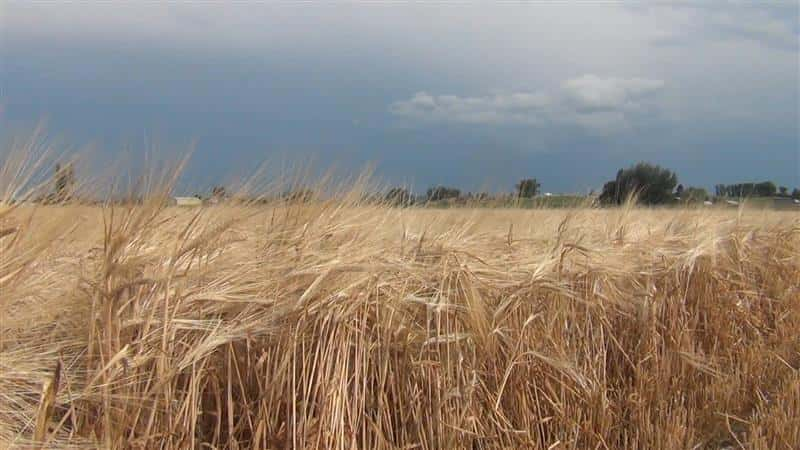During a year that was forecast to see historic increases in barley acres, Briess Malt & Ingredients has decided to only guarantee they will take 50 percent of each contract from their growers.
The reason is simply supply and demand. Due to COVID-19 restrictions across much of the nation, craft beer sales have decimated, which in turn negatively impacted the company.
In a letter sent out by Ryan O’Toole, Briess’ President and COO, growers were reminded about language in their contract that stated, “an event outside of our control that would frustrate the purpose of the contract.” This statement would trigger the “Force Majeure” provision and necessitate the company to look at other options that would work best for the relationship between the grower and Briess.
O’Toole said in an interview with Northern Ag Network, “We’re a family company and it’s important to keep an open line of communication with our growers and just be up front and honest with them.” Briess offered three options to growers as possible ways to move forward.
Option one: Eliminate the contract, allowing producers to grow 100% of the other crops in replacement of the barley.
Option two: Amend the contract to reduce the acres, allowing for supplemental crops to be grown.
Option three: Leave the contract as is with a guarantee of Briess taking 50% of the contracted quantity. Briess will re-evaluate their needs on a monthly basis and if needs are greater than the 50% level, the remaining bushels will be accepted on a percentage basis.
While the option to amend contracts seems appreciated by some, this unfortunate situation put a number of farmers in Southern Montana and Northern Wyoming between a rock and hard place. With the recent ideal weather in parts of the region, some producers had already completed their barley planting for the year by the time they received Briess’ notification.
Others saw planting delays come as a blessing in disguise. Fred Hopkin, who typically plants 800 acres of barley in the Big Horn Basin, received the news halfway through his planting operation. He says he will now plant most of his remaining acres with other commodities like sunflowers, sugar beets and pinto beans. Hopkin also mentioned he has heard some other producers say they will use the remainder of their barley for grain to feed their livestock. Hopkin, like many barley producers, said he was in shock at first, but commented that the decision made sense once he looked at the entire picture.
Briess malt is used in lots of markets, including pizza dough, pet food and many other food products. However, Briess’ primary market is in premium specialty malts which supplies the craft beer industry. Every one of those industries has been hit hard by the pandemic, and it is uncertain how quickly they will recover. That reality alone creates a big question of how much barley will be needed in the future.
Regardless, Briess said they are committed to their 50% guarantee of every contract, even if the demand has not returned to normal. “It is my hope that our needs are higher, then I can go back to those growers and say we need more malting quality barley,” said O’Toole. He added “that would be favorable for both of us.”
When the time comes, O’Toole said he looks forward to people responsibly finding their way back to breweries and distilleries to support the craft brewery sector.
####
Northern Ag Network – 2020


